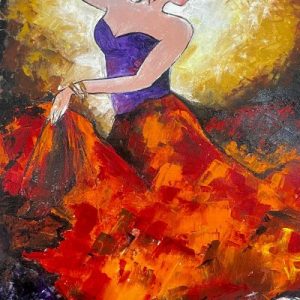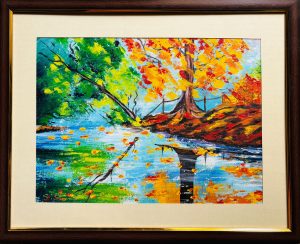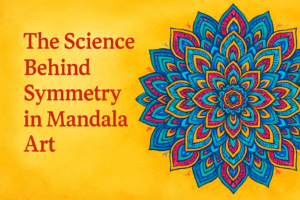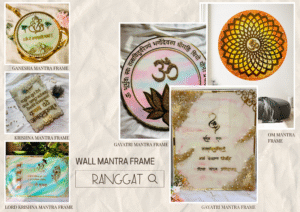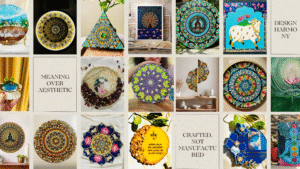A dynamic and tactile kind of artistic expression, texture art gives a work depth, movement, and emotion. The physical element that texture art offers, in contrast to traditional painting, which emphasizes color and composition, allows viewers to feel the artwork in addition to seeing it. From idea to completed canvas, the process is both creative and technical, connecting an artist’s vision with a special material.
Conceptualizing the Idea
Artists spend a lot of time in the conceptual stage before texture touches canvas, figuring out what they want to say and the feelings they want to attract. They think about which textures will convey their message the best, frequently taking ideas from abstract ideas, architecture, or nature. The spatial composition is also planned with artists, who consider the ways in which light and shadow will affect the textures.
Selecting Materials and Tools
A wide range of materials are available to texture artists, ranging from typical acrylic paints to unusual materials like fabric, sand, or plaster. Tools can include palette knives, scrapers, sponges, and other tools for achieving particular effects. The texture’s feel, appearance, and light interaction are all determined using the materials and tools used.
Techniques in Creating Texture
Each texture is carefully created through the use of scraping, carving, and layering techniques. It is common for artists to apply several layers, allowing each one to dry before adding the next. Some use their fingers to apply paint directly, while others experiment with thick brushstrokes. Common methods for adding depth and complexity include sgraffito, which involves scratching into layers, and impasto, which involves applying paint thickly.
Bringing the Vision to Life on Canvas
The canvas represents the last frontier where all ideas and methods come together. To achieve the desired texture, artists start layering their materials, sculpting, and reshaping. As artists modify their work to fit the changing appearance and feel, this process frequently entails improvisation. With each stage, new shapes and textures are revealed, making the process just as much of a journey as the idea itself.
Texture Art’s Impact on the Viewer
Texture art is special because it appeals to senses other than sight. It encourages a more engaging experience through touchable surfaces. Each piece is made more interactive and engaging with the addition of emotion through the raised surfaces, grooves, and different texture depths. With creating a three-dimensional impression that improves atmosphere and stimulates curiosity, texture painting may completely change a room.
From Concept to Canvas
Texture art is a unique fusion of creativity, talent, and trial and error. Every sculpture tells a different tale, starting with an idea and developing via deft use of materials and methods. Texture art is an enthralling form of contemporary expression since it not only adds emotional depth but also physically represents the artist’s journey.
The transformational power of texture is demonstrated in this art form, which shows that art may be more than just what is visually appealing.

